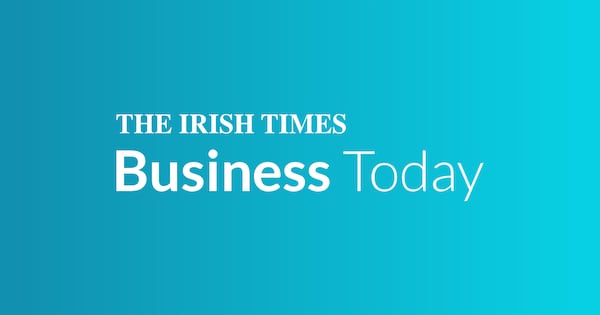The White House has confirmed the tariff rate of 15 per cent in the trade deal struck with the European Union on Sunday will include pharmaceuticals and semiconductors.
The two sectors are key to Irish exports, accounting for the bulk of the €72 billion of goods shipped to the US last year.
The Government and the European Commission both said on Monday it was their “clear understanding” there would be a tariff ceiling of 15 per cent in those sectors.
Senior figures in the commission said its negotiating team had been given commitments by US president Donald Trump’s administration on this point, but there remained some lingering concern owing to the unpredictable nature of Mr Trump.
READ MORE
However, a “fact sheet” published by the White House contains a line stating the tariff rate of 15 per cent will apply to pharmaceuticals and semiconductors, albeit couched in terms that suggest the tariffs will be paid by the EU when in fact they will be borne by US companies or consumers.
[ How the EU’s ‘lopsided’ US trade deal was doneOpens in new window ]
“As part of president Trump’s strategy to establish balanced trade, the European Union will pay the United States a tariff rate of 15 per cent, including on autos and auto parts, pharmaceuticals, and semiconductors,” the White House said.
EU Commission trade spokesman Olof Gill noted that the framework agreement was in effect a “political commitment” rather than a legally binding document.
He said Europe and the White House were now working on a joint statement, which will be treated as “an agreement in principle” that will give the bloc a “political road map to where we take it from here”.
“Both sides are working very hard now to get the details of that signed up,” he said on RTÉ Radio 1. “We’re hoping to do that before the deadline of August 1st set by the US.”
At that stage, he said, the EU would be in a position to say “very clearly” what the next stages are, and will use the joint statement as “a platform to look at other areas where we can reduce tariffs”.
“This is how it’s going to work,” he said. “Fifteen per cent is across the board. That’s going to cover all sectors. It’s going to cover pharma. It is going to cover digital.
“What we’re talking about here are political commitments. This joint statement I mentioned isn’t a legally binding document. These are commitments.”
Separately, it has emerged Irish butter entering the US will return to the tariff level in place before Mr Trump came to office, which was around 16 per cent.
In a briefing to members this week, business lobby Ibec said butter had been subject to a tariff based on the weight of the product, rather than a percentage figure which is more common. This worked out at about 16 per cent of the value of the product.
Under the finer details of the deal, products which had been tariffed on this basis are to return to their original level rather than the 15 per cent which will apply more generally.
This returns Kerrygold, sold by Ornua, to a tariff level at which it has managed to grow its market share in recent years.
Since Mr Trump imposed his additional 10 per cent tariff in April, Irish butter imported to the US has faced a punitive tariff of around 26 per cent.
Meanwhile, the trade deal has been described by an academic from University College Cork as “a capitulation” by Europe that will cause “long-term negative results”.
Dr John O’Brien, an academic on financial markets and investments, who was previously an investment manager in London, said the EU had projected “weakness”.
“The EU Commission, and Ursula von der Leyen in particular, has capitulated in the US trade deal with the US,” he said. “The deal will negatively affect growth. In the short term, this is a better outcome than a trade war.
“However, the projection of weakness by the EU, surrendering to economic threats and accepting a one-sided deal will be noted globally with long-term negative results. China and Russia will be particularly interested in this weakness.
“The financial markets reacted by selling the euro, signalling an expectation of lower growth across the EU. This view was repeated as stock exchanges across the EU also fell.”
Dr O’Brien said the “supposed benefit” of certainty was “overstated”, and, echoing the comments of Mr Gill, noted that the current deal was just a “political agreement”.
“There are many failure points before a deal is signed,” he said.
“Having conceded once to Trump there is no guarantee that he will not come back for more having sensed weakness. Businesses planning on the basis of 15 per cent and done may be surprised before the end of the year.”
Matthew Ryan, head of market strategy at global financial services firm Ebury, said estimates of about a 0.3-0.5 per cent hit to the bloc’s GDP in the next three to five years were “moderate, but not enough to fuel recession concerns”.














